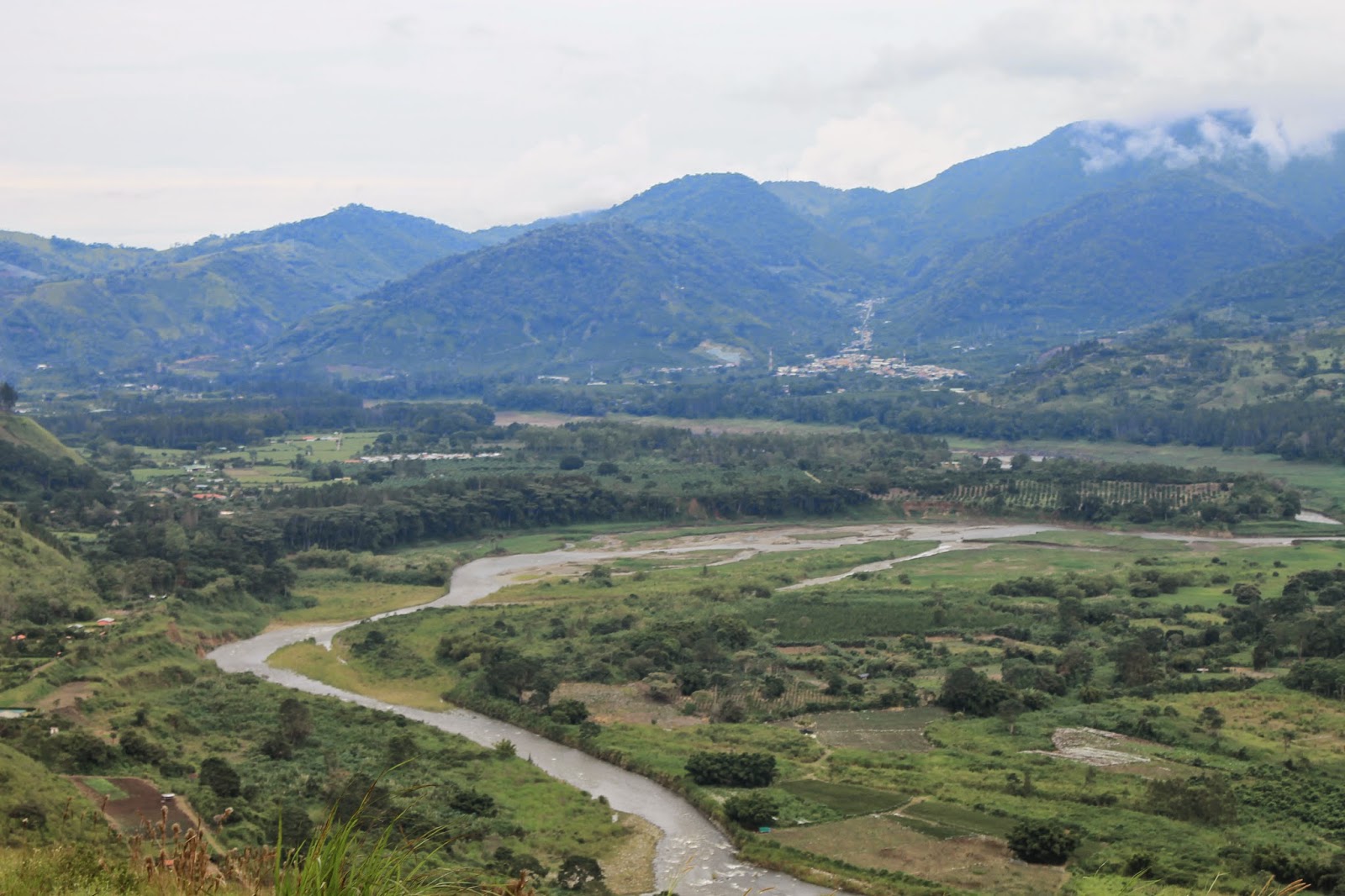We enjoyed a field trip today to the National Museum of Costa Rica and we able to learn about and see #23 on our scavenger hunt... The Mysterious spheres.
These spheres are said to date anywhere from 300BC to 1500. There is really no explanation for how they were made.... or why. (See the MacKinnon family guesses below!)
Watch this 1 minute video for a quick overview:
 |
| In front of the National Museum |
 |
| There were lots of Pre-Colombian (We learned that pre-columbian means the time period before Christopher Colombus' discovery in 1492) artifacts at the museum as well. |
 |
| Pre-Colombian gold artifacts. |
 |
| Gold medallions used for chest decoration. |
How the spheres were made.... according to the MacKinnon family:
Ethan says: God created some extra small planets, didn't like them and threw them down to Earth.
Joshua says: (Mom's note: It is driving Joshua crazy that he doesn't know the factual, actual answer to this question... ) I am sure the indigenous tribes made these using tools to shape them. Really, though no one will ever know. It is possible.
Amelia says: They grew under the ground.
Mason says: They are from a spaceship.
Maddie says: What they said. :)
Mom says: Perhaps they were formed by a really active volcano that spewed the igneous rock up into the air in this almost perfect spherical shape?
Dad says: God loves to juggle... and he stores his juggling balls in Costa Rica.



























































